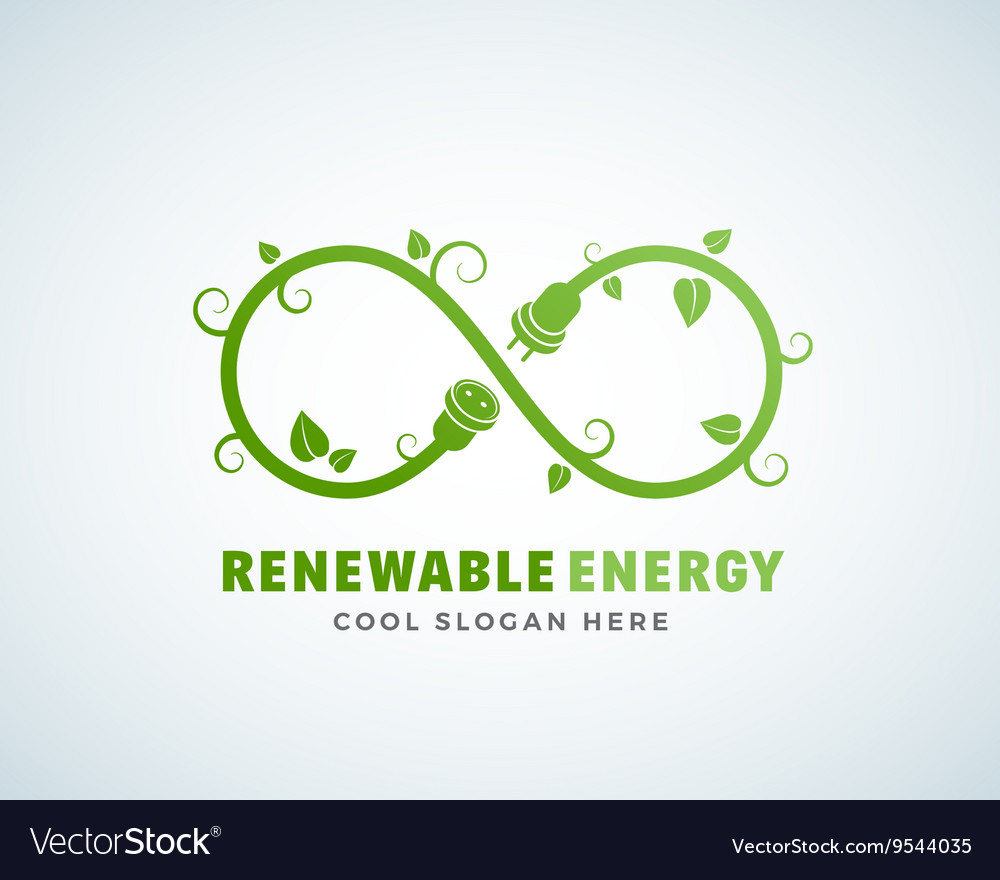Eco-Green: Exploring the Merits of Geothermal Energy Energy
While society increasingly turns its focus to renewable power solutions, geothermal power stands out as one of the most beneficial sources of sustainable power. Tapping the the Earth’s natural thermal energy, geothermal energy provides to offer a consistent or reliable source of energy while significantly reducing the carbon footprint. With advancements in technology along with heightened awareness of global warming, the exploration of geothermal energy is gaining traction to become a vital component in the array of sustainable resources.
Ranging from cutting-edge drilling methods to enhanced geothermal systems, the landscape of geothermal energy is changing quickly. It works alongside other technologies in the renewable energy sector, such as solar as well as wind, to form a balanced energy mix. In examining the positive aspects of geothermal energy, we look into how it not only supports energy independence but also plays a crucial role in addressing global warming and fostering sustainable development worldwide.
Geothermal Energy: Utilizing Earth's Heat
Geothermal energy is among the most promising renewable energy sources offered today, leveraging the innate heat contained beneath the Earth’s surface. This clean energy technology exploits the heat produced from the Earth's core, which can be used for prompt heating, electricity generation, and even for agricultural purposes. With https://posteezy.com/natures-influence-how-biomass-transforming-power-generation to provide a consistent and trustworthy energy source, geothermal energy has the potential to substantially reduce dependence on fossil fuels and minimize greenhouse gas emissions.
The technology behind geothermal energy has progressed considerably, making it more efficient and available. Enhanced geothermal systems and improved drilling techniques have unlocked new locations for energy extraction, broadening the geographical range where geothermal energy can be captured. Many countries are now putting resources into geothermal power plants and infrastructures, boosting local economies and creating jobs in the renewable energy sector.
In addition, the environmental footprint of geothermal energy is insignificant when contrasted with other energy sources. It offers a sustainable method for energy production without the land requirements challenges of solar and wind installations. As https://rentry.co/yz6t9gbu toward cleaner energy alternatives, geothermal energy is prominent as a vital component in the move to a more sustainable future. Its reliability and low emissions contribute significantly to achieving global energy goals while promoting environmental stewardship.
Developments in Renewable Energy Technologies
The landscape of green energy is constantly transforming, fuelled by new advancements that improve efficiency and renewability. Among the major breakthroughs are those in solar power, where innovative substances are being created to manufacture more effective photovoltaic cells. These innovations not only improve energy capture but also decrease financial barriers, making solar energy more available to a larger population. Additionally, buoyant solar arrays are emerging as a transformative way to utilize solar energy on lakes and rivers, lessening land use and improving energy generation efficiency.
Wind power is also undergoing dramatic changes. Breakthroughs in turbine technology and fabrication are leading to wind energy solutions that are more effective and can operate in diverse environments, including open water. Innovations in intelligent energy networks are essential as they enable the adoption of wind power into the existing utility system. This fusion of cutting-edge turbine designs and grid efficiency improvements is leading to a greener and more dependable energy landscape.
Furthermore, the role of AI in sustainable energy cannot be overlooked. AI is being utilized to enhance power generation and utilization, predict repair requirements, and improve energy storage systems, which are crucial for a consistent sustainable energy source. By leveraging large datasets and machine learning, these solutions optimize operations and improve the efficiency of sustainable power systems, ensuring they can fulfill the increasing need for renewable power.
The Future Landscape of Renewable Energy
As we look towards the horizon, renewable energy is poised to become the cornerstone of global energy production, significantly reducing our need on fossil fuels. Innovations in scientific advancements are fueling this transformation, with adaptive systems like smart grids and improvements in battery storage enhancing performance and reliability. These developments are essential for satisfying the growing need for clean energy and allowing consumers to participate in energy management.
Geothermal energy stands out as one of the most encouraging frontiers in the renewable sector. By harnessing the Earth’s natural heat, this energy source offers a consistent and dependable power supply, contrary to more unpredictable sources such as solar and wind. As tech progress continues, we can anticipate more effective methods of tapping geothermal resources, making them available even to regions that were previously considered inappropriate for such energy utilization.
Moreover, the integration of various renewable sources will shape energy systems of the future. We will witness a growth in composite renewable systems that combine multiple energy sources, such as solar, wind, and geothermal, enhancing their collective output. This method not only enhances energy resilience but also supports the development of smart cities, where renewable energy integrates seamlessly into everyday activities. With firm governmental support and public understanding, the path to a sustainable energy future looks increasingly bright.
